To begin with, content strategy links your organization’s content efforts to business goals and user needs. Everything you do in terms of content should be based on those requirements. Second, and herein lies the power of content strategy: it generates a set of integrated choices between four distinct but related areas of activity. By no means are these content strategy sub disciplines; rather, they are business and/or design functions that all have an impact on your content product. The purpose of content strategy is to connect the dots between them.
The first is user experience design: Who are your target users? What are their content preferences and needs? How can you make content useful and usable for them wherever and whenever they require it?
The next step is the editorial strategy: what is the point of view of your content? What are the issues you must address? When and where will you distribute the content?
Then comes content engineering: how should your content be structured so that users can find it? What models must be in place for the CMS to deliver content wherever and whenever users and businesses require it?
Finally, consider content workflow and governance: how does content flow throughout your organization? What policies, standards, and guidelines govern its quality and performance?
So, technically, you can use the phrase “content strategy” in a conversation about any of these activities, and you won’t be wrong. This is both good and bad news. It’s good news because it means you’re considering content as a business asset that must be strategically considered at every stage of its life cycle. It’s bad news because it means anyone can wave the content strategy flag without understanding (or caring) that whatever they call “content strategy” is inextricably linked to a slew of other factors that, if ignored, can wreak havoc on your end-user or business.
You must remember that people today could choose which content they will consume. They are drowning in information, and you must provide them with the best options if you want them to choose your brand.
A content strategy is essential because it allows you to plan your site’s content marketing. Many people jump from one tactic to the next because they lack a strategy. They write blog posts for one week. The following week, they shoot some YouTube videos. However, with a comprehensive strategy in place, you can develop a detailed plan to execute. Any brand can raise awareness here and there, but the ones that stand out over time have a strategy in place to help them make better decisions. The goal of content strategy is to determine what content will benefit your target audience and inspire them to take actions that will benefit your business. To do so successfully, some moving parts must be combined.
To name a few, you must establish goals, conduct audience research, and plan how buyers will interact with your content. While in the quest to “attract potential customers, retain existing ones, and transform aspirational consumers into advocates by developing various forms of content that prospects consider valuable and will use the created content to access a website to learn more or come into contact with a marketing offer,” content marketing has been identified as a component of digital inbound marketing. Originally, the term “content” was used in publishing, where words, images, and motion graphics had to be interesting enough for the target audience to seek out the publishing platform, whether it was a newspaper, magazine, TV channel, or radio station. Handley and Chapman define content in terms of online and digital marketing as “anything created and uploaded to a website: the words, images, or other things that reside here.” With a focus on website users (and potential customers), Halvorson and Rach propose that content is “what the user came to read, learn, see, or experience.” For many years, content marketing has been a part of the digital marketing strategy of companies operating in the online framework. As a result, Joe Pulizzi (2012) established a global content marketing education and training organization, Content Marketing Institute, which was accompanied by a website (CMI). The Content Marketing Institute defines this new concept as follows:
“Content marketing is a strategic marketing approach that focuses on creating and distributing valuable, relevant, and consistent content in order to attract and retain a well-defined audience – and, ultimately, to drive profitable customer action.” True, there are other ways to be online besides Content Marketing. So, why should you choose this option for your company? Because Content Marketing serves as a foundation for and complements other Digital Marketing strategies.
If you decide to use social media marketing, you will require relevant content. The same is true for email marketing and corporate blogs: you will always require content. The world’s top experts all agree on one thing: content is king. It can be used to achieve a variety of objectives, such as educating people on how to use your product or service to solve their problems. You must remember that people today could choose which content they will consume. They are drowning in information, and you must provide them with the best options if you want them to choose your brand.
options if you want them to choose your brand.
There are some advantages to Content Marketing. The first one is that it attracts visitors and grows your site traffic. It is difficult to help people find your company among the vast amount of information available online, but the content makes you discoverable, especially for search engines like Google. Similarly, relevant content draws attention in social media or email marketing campaigns, increasing the number of people who visit your website. Providing value to your audience, the content you create and provide to your customers is not only useful; it also sends the right message to the right people at the right time. It will outperform expectations and establish you as an authority on the subject, generating value for both you and your audience. Captivates your audience, when you provide relevant and useful content to your audience, they will be so impressed that they will share it with their friends and followers. Not only that, but people will interact with your content in other ways, such as leaving comments and reactions. Creating a favorable brand perception, beyond what you’ve read, Content Marketing assists your audience at a critical juncture, and people prefer to do business with well-known brands rather than unknown ones. It also informs the market about your products and services, most people are unaware that they have a problem that could be solved by your product or service. Content marketing can teach your audience about your solution and how it works. Propels sales to new heights sales are, without a doubt, the primary goal, even if there is a secondary goal.
Content marketing can be present at all stages of the purchasing process, influencing your audience until they make a final decision. Without the content, this driving was done by an individual, such as a salesman. As a result, fewer people were contacted. When you use Content Marketing, you get more coverage, reach more consumers, and target them more effectively. As previously stated, you can teach your audience why they require your products and services, allowing you to sell more easily and on a larger scale. More leads are generated. The most important goal of a website or blog is lead generation. Once a lead becomes a potential client, it becomes part of the sales strategy.
A lead is a visitor to your blog or another content channel who fills out a form and provides some information about himself. With more information, it is easier to determine whether the lead is qualified. Even if your site already has visitors, you can convert them into leads by offering attractive incentives to leave useful information to close a deal. And the more leads you generate, the more likely it is that you will sell. Reduces the cost of customer acquisition.
Customer Acquisition Cost (CAC) is a metric that indicates how much money is spent in marketing and sales to acquire each new customer. Because a single piece of content can reach many people, content marketing can have a lower CAC. Aside from that, most of the content produced is evergreen, which means that its informational content will continue to generate results for a long time. This also turns the content into a company asset, increasing its value. So, in addition to lowering CAC, content adds more value to your business and helps your clients without the need for your sales team’s efforts, freeing them up to focus on a more personalized and assertive approach.
So, if you’re a writer making your first foray into the content marketing industry, you can now feel more empowered and better equipped to tackle even the most difficult projects. It may appear simple but having a better understanding of what terms mean and, more importantly, how they work in practice can propel your efforts to the next level. Content strategy and content marketing are, in many ways, two halves of the same whole. They each have distinct roles to play and tasks to complete to advance the overall content marketing effort. Without a content strategy, content marketing efforts would be hit-or-miss at best in terms of meeting the overall goals of the person or business employing them. Without content marketing, the content strategy would be nothing more than a fancy plan of action with no action or specific tactics to back it up. As you can see, these two halves rely on one another to function at their fullest and best. Nonetheless, these two halves are distinct, with distinct goals to achieve.
So, as you sit down to develop your content strategy, keep in mind that the plan you develop will eventually need to be channeled into a series of tasks and tactics that will be carried out by the content marketing itself. As a result, make your goals and milestones actionable and achievable for you and your team. When considering content strategy and content marketing, keep your vision clear, your goals flexible and understood by the entire team, and the actions that will be required to help you succeed in mind. There’s no reason to make it any more difficult or complicated than that.
Keep things simple, be flexible, and remember that strategy is simply asking the right questions about the problems and challenges you face. Do that, and you’ll be well on your way to a strong content strategy and a successful content marketing campaign.

